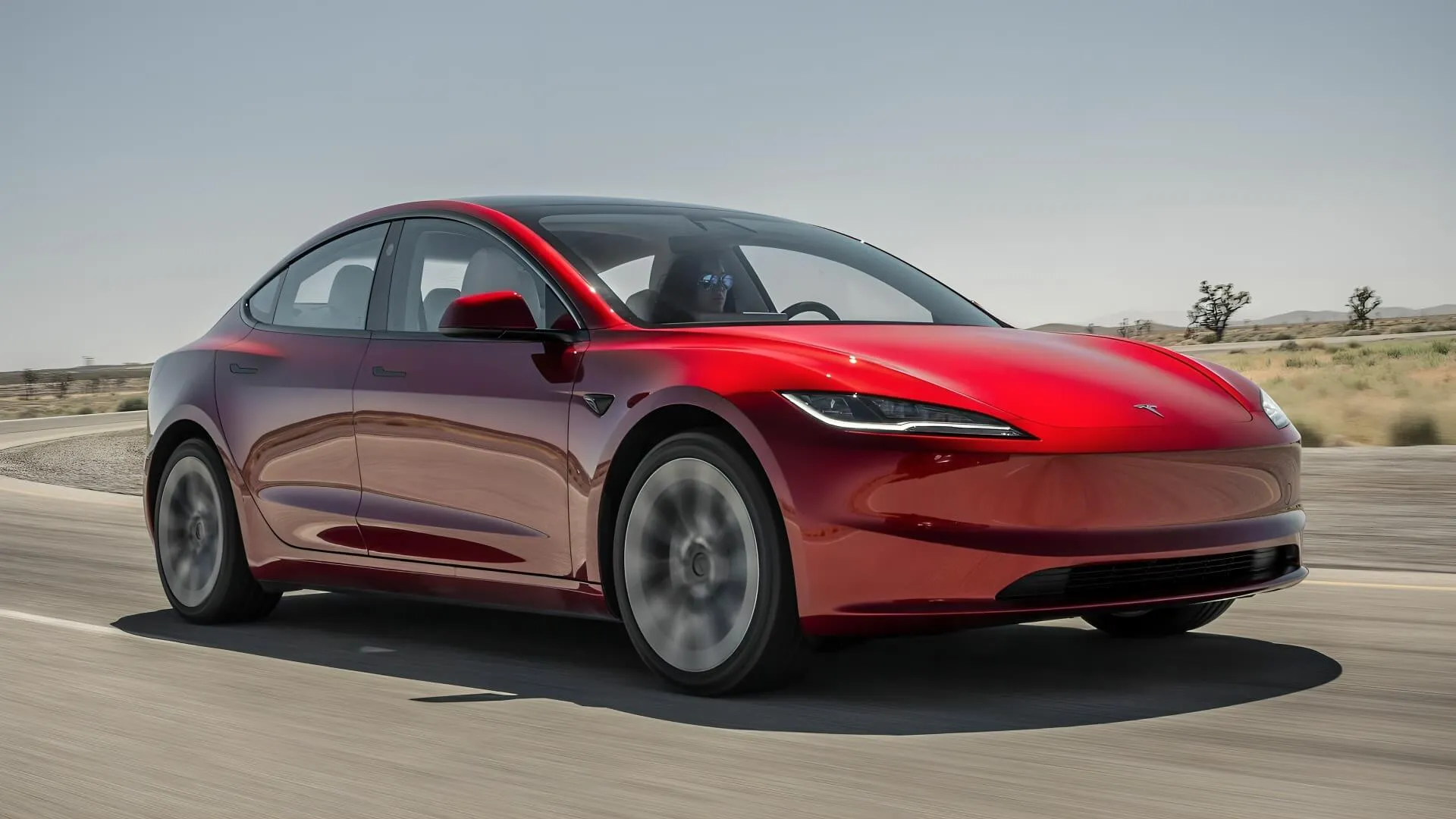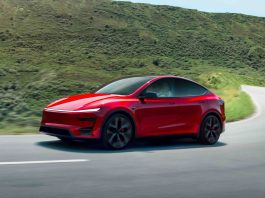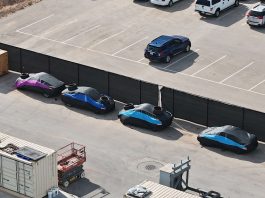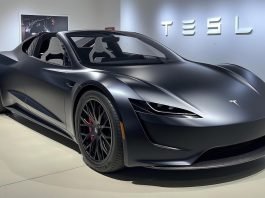In Q2 2025, Tesla has once again cemented its market leadership in the U.S. with a huge 40.3% share, as the company edged out the closest challenger, Toyota, by an overwhelming lead of 18.8% points. As per newly published sales figures, Tesla has sold 134,923 units of its popular Model Y and Model 3 in a single quarter in the United States, a clear indication of market leader in the EV industry.

Taking the Bull by the Horns: Model Y and Model 3
Tesla owes its success to two of its flagship vehicles, namely Model Y and Model 3. Model Y was once again the workhorse of the company and the favorite of the Americans, as it sold 86,120 vehicles in Q2. The marginally cheaper Model 3 was up close, and it sold 48,803 units.
🇺🇸 TESLA CLAIMS #1 IN U.S. EV SALES, OWNING OVER 40% OF THE MARKET IN Q2 2025! $TSLA
• Tesla Model Y: 86,120 units
• Tesla Model 3: 48,803 units pic.twitter.com/mSzEp6X6eS— Tesla Archive (@tesla_archive) July 15, 2025
These numbers not only demonstrate high consumer interest but also indicate that Tesla’s production and delivery capabilities, as well as logistics, remain well in place, despite the growing competition in the mainstream and the general challenges of affordability, interest rates, and charging availability in certain areas.
Tesla Holds More Than 40% Market Share in the US
The market share of over 40% enables Tesla to have the market share of over 4 out of every 10 EVs sold in the U.S. within the last quarter. That is a huge gap in an emerging competitive landscape, with legacy automakers such as Ford, General Motors, and Hyundai-Kia pouring cash into electrification, and start-ups willing to risk their attempt to cut a niche, including Rivian and Lucid.
However, no one has been able to replicate the combination of performance, brand loyalty, and software integration seemingly possessed by Tesla, like the results of more work toward Full Self-Driving (FSD) features and a slew of over-the-air changes to keep cars updated long after they hit the road.
Competitive Landscape
Although Tesla is dominant, other auto manufacturers seem to be making improvements. The Ford F-150 Lightning and Mustang Mach-E are growing in popularity, and General Motors is gradually ramping up models based on the Ultium platform. The Ioniq and EV6 models by Hyundai and Kia have also made an impression, and people frequently note that the line has a good design and fast charging speeds.
Nevertheless, not a single non-Tesla model has achieved above 30,000 units in Q2, and it shows how far behind the rest of the pack it is. The fact that Tesla had an early lead in battery technology, software, and Supercharger infrastructure remains a key strength despite being removed from New York’s turnpike.
Future and Tailwind Policy
The U.S. EV market is still largely dictated by government incentives and regulations. Federal tax credits via the Inflation Reduction Act will lead to expanding demand, and the growing emissions regulations are likely to benefit the market, too. Most of these credits can be applied to the products of Tesla, especially those manufactured in North America, as it makes them competitive in price when compared to foreign rivals.
Over the long term, the second half of 2025 will be critical to Tesla as it ramps up on its long-awaited affordable model and a new Hardware for FSD.



